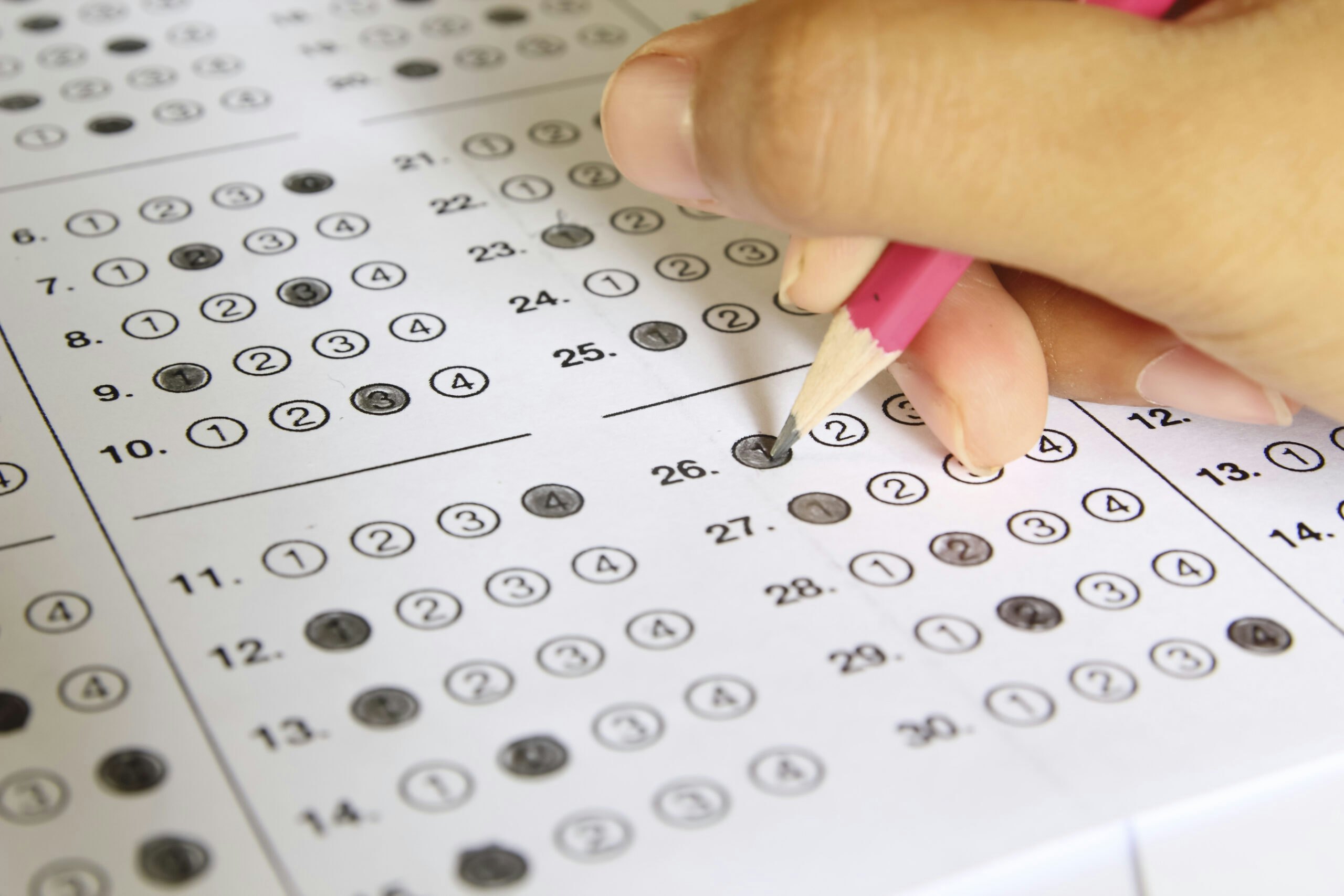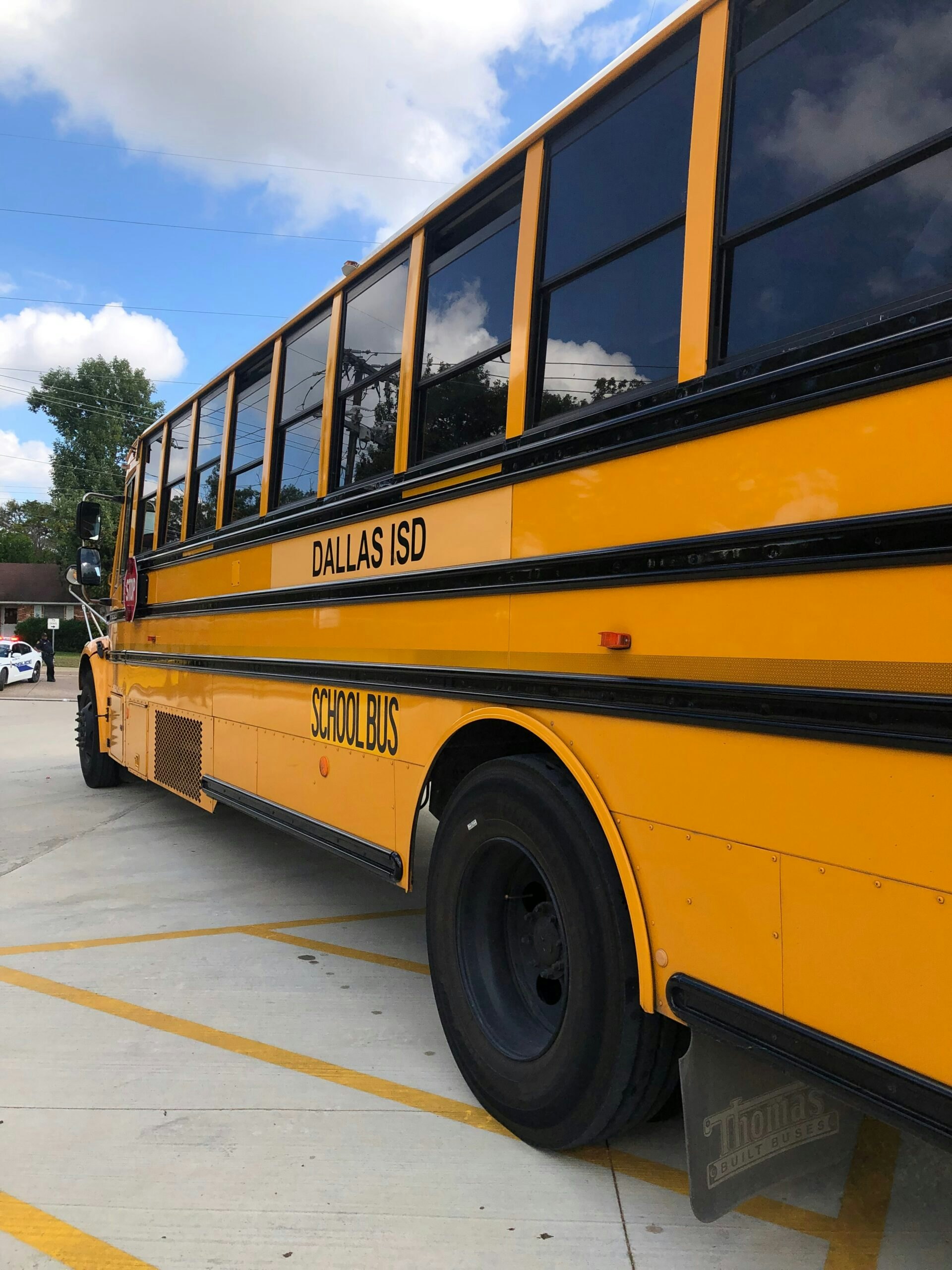This week saw the release of more sobering results from the National Assessment of Educational Progress, also known as the Nation’s Report Card. The test, taken by roughly 8,700 13-year-olds, represents the long term trends in reading and math achievement for students across the country.
The results showed a four-point drop in reading and a nine-point drop in mathematics from 2020 to 2023. Scores dropped for students in rural, suburban, and urban schools. And scores dropped for students at all performance bands, including the highest achievers. These scores clearly represent the learning loss wrought by the pandemic.
Policy makers and education leaders can create a positive impact in the future of our kids’ learning by acting upon these scores. They can incorporate more of what we know works into our schools.
Reading instruction, for example, is one area we can advocate for positive change.
Last week, a report by the National Council on Teacher Quality, discovered only 25% of teacher preparation programs cover all the core elements of scientifically based reading instruction. If we expect our kids to know how to read, and read well, educators must be trained to teach the five components of scientifically based reading instruction: phonemic awareness (spoken words), phonics (matching sounds with letters), fluency (reading without much effort), vocabulary and comprehension.
States like Mississippi, Indiana, Ohio and even large urban cities like New York City are implementing change by requiring research-based reading instruction be taught in all public schools. The recent Texas State Legislative Session pass a major education improvement bill, HB 1605, requiring state-approved instructional materials and explicitly banning the use of three-cueing, which teaches students to rely on guessing and picture clues, as part of reading instruction. We know from research that explicit instruction in letters and sounds helps our youngest students become proficient and confident readers.
The test scores are daunting, but we are not without options to help young people get back on track. Using research-based reading instruction is a strong place to start.




























